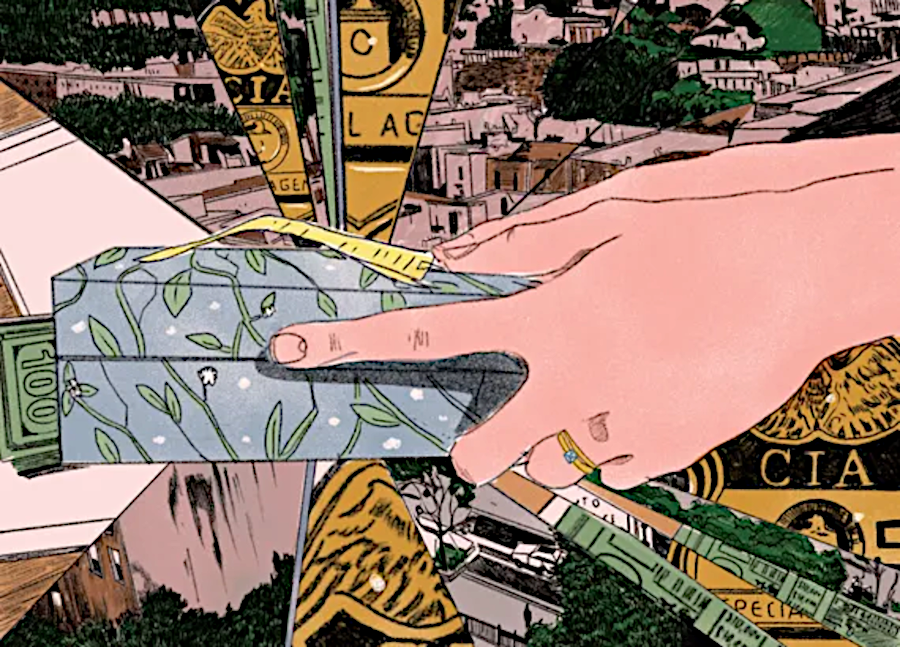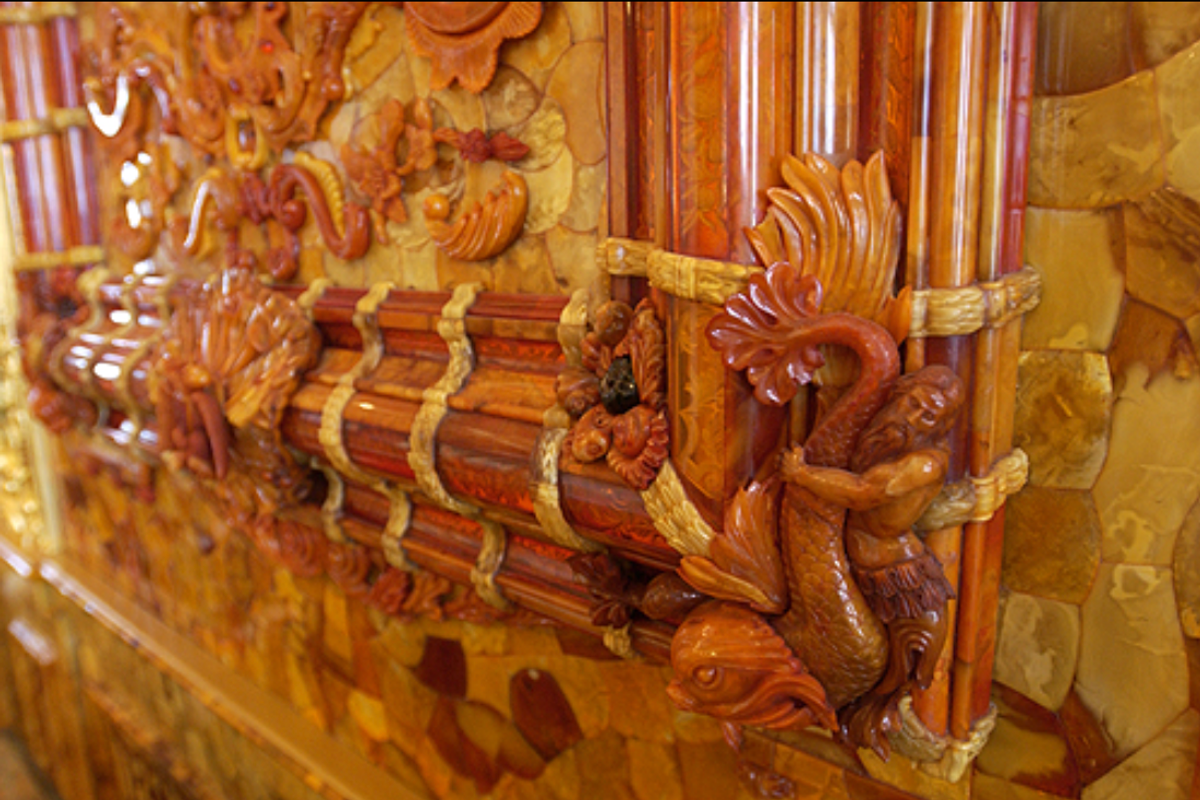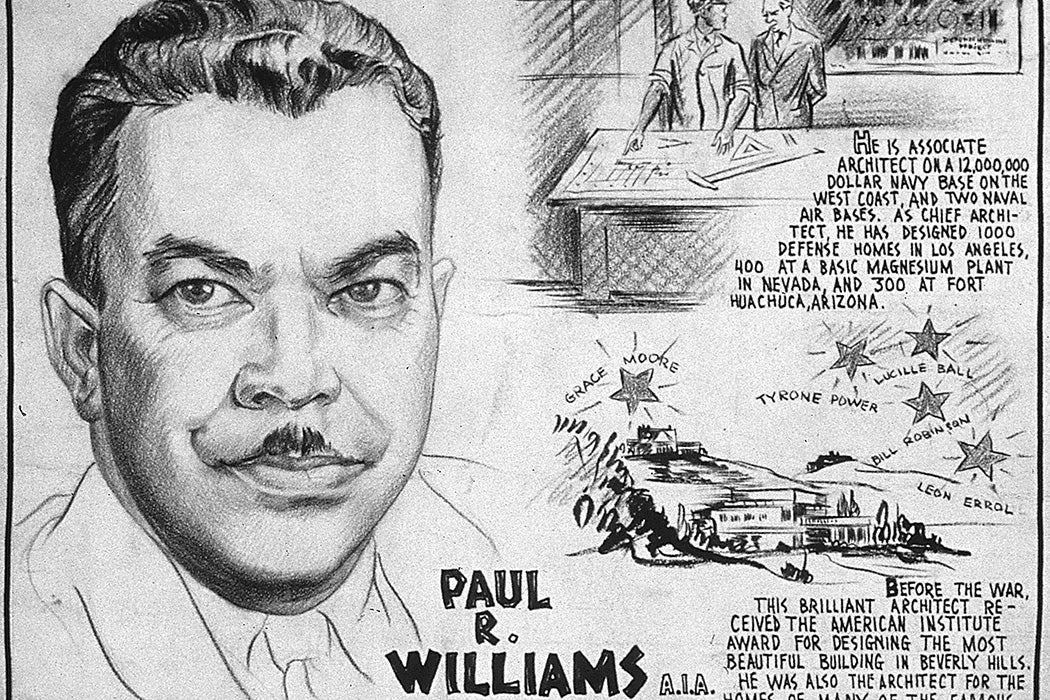She put $50,000 in a shoe box and gave it to a stranger

From The Cut: "On a Tuesday evening this past October, I put $50,000 in cash in a shoe box, taped it shut as instructed, and carried it to the sidewalk in front of my apartment, my phone clasped to my ear. “Don’t let anyone hurt me,” I told the man on the line, feeling pathetic.“You won’t be hurt,” he answered. “Just keep doing exactly as I say.” Three minutes later, a white Mercedes SUV pulled up to the curb. “The back window will open,” said the man on the phone. “Do not look at the driver or talk to him. Put the box through the window, say ‘thank you,’ and go back inside.” When I’ve told people this story, most of them say the same thing: You don’t seem like the type of person this would happen to. What they mean is that I’m not senile, or hysterical, or a rube."
The Amber Room was coveted by the Tsars and the Nazis and then it disappeared

From Atlas Obscura: "The Nazis have reached Russia. They’ve taken the Catherine Palace and are waiting for orders from Berlin. Soldiers pull at the wall coverings. And suddenly, in the dimness, there is a glimmer, not gold, but deeper, richer: carved garlands of acanthus leaves, rosettes, mirrors, mosaics made of agate, onyx, and lapis, and panel upon panel of lustrous brown gems. Contemporaries named it the eighth wonder of the world. But today the Amber Room is lost in layers of time, obscured by the flames and political paperwork of a great war. It had a long, eventful existence, traveled further than most rooms do, and was last seen in Königsberg, now Kaliningrad, Russia, in 1944, just before the city was carpet-bombed into oblivion. Then it vanished."
Sir Edmund Hillary may not have been the first man to climb Mount Everest
From History Defined: "When we talk about history’s greatest firsts, several landmark achievements come to mind, but one is a bit of a mystery: nobody knows who was the first person to climb Mount Everest. While official records give that honor to Edmund Hillary in 1953, many historians say George Mallory may have reached that peak first in 1924. Mallory led one of the first British expeditions up the world’s highest mountains. However, he disappeared, and for the longest time could not be found. His body wasn’t discovered until 75 years later, very near the top of the summit. It has led to one of history’s greatest mysteries: Did Mallory actually reach the top of Mount Everest?"
Editor's note: If you like this newsletter, please share it with someone else. And if you really like it, perhaps you could subscribe, or contribute something via my Patreon. Thanks for being a reader!
On this social network, sea ice, traditional foods and wildlife are always trending

From Hakai magazine: "Few social networking platforms are known for inspiring positive social change these days, but an Inuit-developed app is helping Indigenous communities from Alaska to Greenland advance their self-determination. Named SIKU after the Inuktitut word for “sea ice,” the app allows communities in the North to pull together traditional knowledge and scientific data to track changes in the environment, keep tabs on local wild foods, and make decisions about how to manage wildlife—all while controlling how the information is shared. A group of Inuit elders and hunters from Sanikiluaq, Nunavut, came up with the idea for SIKU more than a decade ago to document and understand the changing sea ice they were witnessing in southeastern Hudson Bay."
The mysterious disappearance of the world's greatest free diver

From The New Yorker: "Natalia Molchanova was diving off the coast of Spain in 2015 and then simply never resurfaced. She was almost surely the greatest diver in the history of her sport, which is sometimes described as the world’s second most dangerous activity, after jumping off skyscrapers with parachutes. In free diving, men and women descend as deep as they can on a single breath. There are eight disciplines in free diving, five of which are deep-water disciplines. The most prestigious is constant weight, in which a diver wearing fins or a monofin, a device that looks like a mermaid’s tail, must return to the surface with the weight he or she wore to the bottom. Molchanova, who had the record for breath holding (nine minutes and two seconds), excelled at this."
The first African American architect in the state of California blazed a trail to the stars

From JSTOR Daily: "Zsa Zsa Gabor. Frank Sinatra. Lucille Ball and Desi Arnaz. All names that harken back to the glamor and glitz of Old Hollywood. They’re also names that harken back to the career of architect Paul Revere Williams, who designed homes for them and many others in Hollywood. His work was such a defining characteristic of the era that he became known as the “architect of the stars.” Williams’s career is notable for his many firsts as a Black architect. He was the first African American architect licensed in the state of California. In 1923, he became the first African American architect to become a member of the American Institute of Architects. In 2017, he posthumously became the first African American architect to be awarded the AIA’s Gold Medal."
Orangutans sound like they are pretty chill
In 1631, a Dutch guy published a book about his travels to SE Asia and it brought the word "orangutan" into Western languages. Its description of orangutans is amazing pic.twitter.com/DDqsWoOBB0
— depths of wikipedia (@depthsofwiki) February 15, 2024
Acknowledgements: I find a lot of these links myself, but I also get some from other newsletters that I rely on as "serendipty engines," such as The Morning News from Rosecrans Baldwin and Andrew Womack, Jodi Ettenberg's Curious About Everything, Dan Lewis's Now I Know, Robert Cottrell and Caroline Crampton's The Browser, Clive Thompson's Linkfest, Noah Brier and Colin Nagy's Why Is This Interesting, Maria Popova's The Marginalian, Sheehan Quirke AKA The Cultural Tutor, the Smithsonian magazine, and JSTOR Daily. If you come across something interesting that you think should be included here, please feel free to email me.



